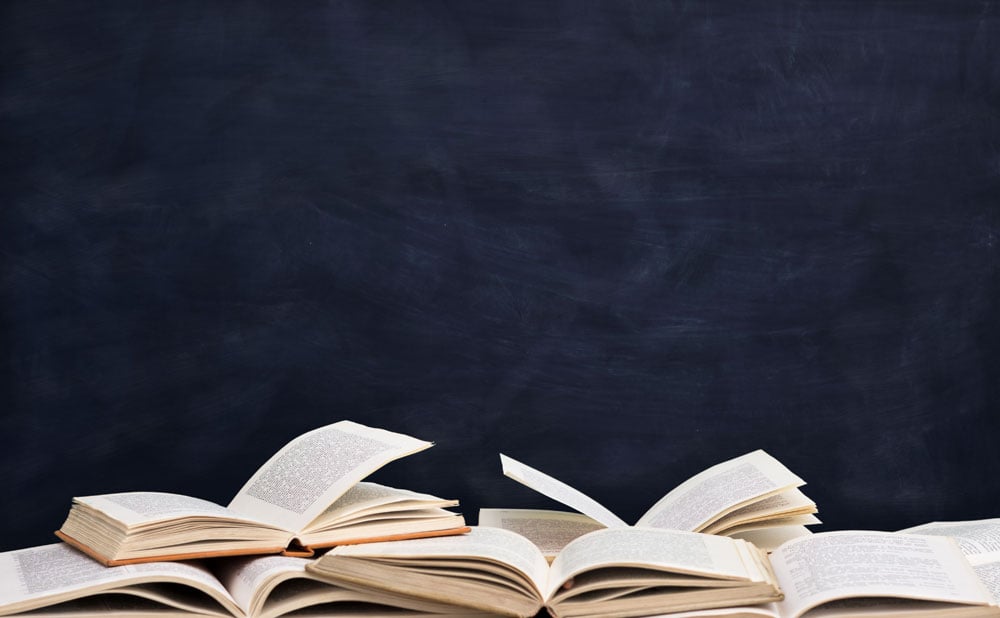 “Serene was a word you could put to Brooklyn, New York. Especially in the summer of 1912. Somber, as a word, was better. But it did not apply to Williamsburg, Brooklyn. Prairie was lovely and Shenandoah had a beautiful sound, but you couldn’t fit those words into Brooklyn. Serene was the only word for it; especially on a Saturday afternoon in summer.”
“Serene was a word you could put to Brooklyn, New York. Especially in the summer of 1912. Somber, as a word, was better. But it did not apply to Williamsburg, Brooklyn. Prairie was lovely and Shenandoah had a beautiful sound, but you couldn’t fit those words into Brooklyn. Serene was the only word for it; especially on a Saturday afternoon in summer.”
For at least four years in a row, sixth grade through ninth grade, I opened my school year by reading these words, the opening lines of Betty Smith’s coming-of-age novel A Tree Grows in Brooklyn. As soon as the library was open to students, I would be there, heading for the “S” shelves of the fiction section. Over the years, I would reread many other books as well, such as Wuthering Heights by Emily Bronte, Jane Eyre by Charlotte Bronte, and The True Confessions of Charlotte Doyle by Avi. It wasn’t that I didn’t like reading new books. In fact, I was a voracious reader, and most of the books I read were new to me. There was a comfort in revisiting those favorite stories, though; they were old friends I could always rely on. Looking back, I don’t think it was by chance that I always chose to start the year with a book that I knew I would enjoy.
When I help students choose books, I try to keep in mind my own rereading habits. As educators and parents, we naturally want children to learn new things. Generally, this means that we want them to read books that they have never read before. When we see a child selecting independent reading materials and we notice them reaching for a book that we know they have read, our natural instinct is to redirect them to a new one.
We might want to rethink that instinct, however. A recent study has found that rereading a favorite book benefits the reader by promoting self-reflection, enhancing emotional health and facilitating a deeper understanding of the text. It’s that deeper understanding that allows for the sort of textual analysis that students perform on texts in secondary and college classrooms, so rereading, although I wouldn’t recommend it as part of a curriculum, serves a definite academic purpose. On a more basic level, rereading allows for better comprehension of the sort that comes along with more life experience and sharpened reading skills. I definitely understood Great Expectations and A Tale of Two Cities better when I revisited them in high school than when I first read them as an ambitious middle-schooler.
Could there be such a thing as too much rereading? Undoubtedly. Young readers should be reading far more new texts than old ones. It is possible that a young reader might get “stuck”in a group of favorite books, particularly a story series, and refuse to move forward. It’s a rare phenomenon, though, and usually a temporary problem —one that can generally be fixed by nudging the student towards books with similar themes.
An occasional rereading experience serves one of the highest purposes of education: By empowering young readers to amass a personal literary canon, it encourages them to become lifelong readers. It has been an extraordinary experience for me as a teacher to revisit some of the young adult novels that I’d last read as a child —Maniac Magee by Jerry Spinelli, I Am the Cheese by Robert Cormier, The Pigman by Paul Zindel. Turning over the pages, I thought about the girl in the middle-school library who had pulled them off the shelves so many years ago.
Maybe that’s the real magic in rereading —the years pass, the world changes, but the books are always reliable. Maybe the word “rereading”is a misnomer. As Verlyn Klinkenbourg wrote in the New York Times, “The real secret of re-reading is simply this: It is impossible. The characters remain the same, and the words never change, but the reader always does.”
By Elizabeth Walters, Private Tutor
 While “
While “
 No matter their students’ location or grade level, there are a number of key messages that educators need to communicate to students in order to help them to be effective learners and to see their teacher(s) as an integral part of supporting them in the learning process. Key messages are the core concepts that a speaker wants their audience (in this case, students) to hear and remember and, most importantly, believe. Effective key messages both resonate in the moment and stay with the listeners long after they first hear the messages.
No matter their students’ location or grade level, there are a number of key messages that educators need to communicate to students in order to help them to be effective learners and to see their teacher(s) as an integral part of supporting them in the learning process. Key messages are the core concepts that a speaker wants their audience (in this case, students) to hear and remember and, most importantly, believe. Effective key messages both resonate in the moment and stay with the listeners long after they first hear the messages. The Gates-MacGinitie Reading Test is designed to assess student reading levels throughout the course of their education. Aligned with state and national reading standards (Common Core Standards), these exams were created to determine overall reading ability, specifically in the areas of decoding, phonemic awareness, phonics, vocabulary, and comprehension.
The Gates-MacGinitie Reading Test is designed to assess student reading levels throughout the course of their education. Aligned with state and national reading standards (Common Core Standards), these exams were created to determine overall reading ability, specifically in the areas of decoding, phonemic awareness, phonics, vocabulary, and comprehension.